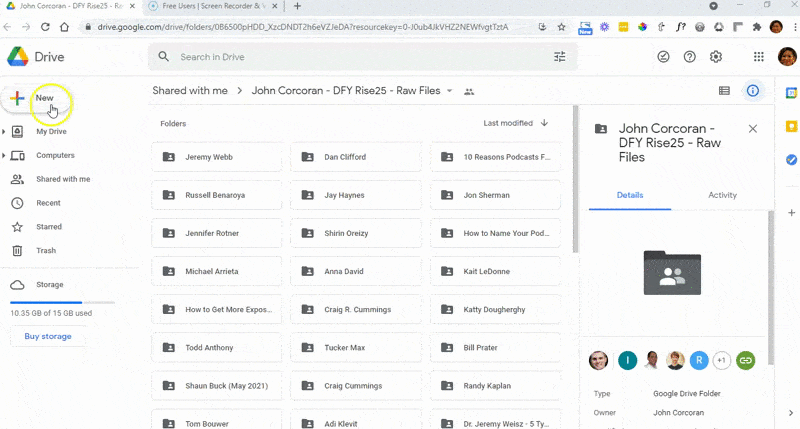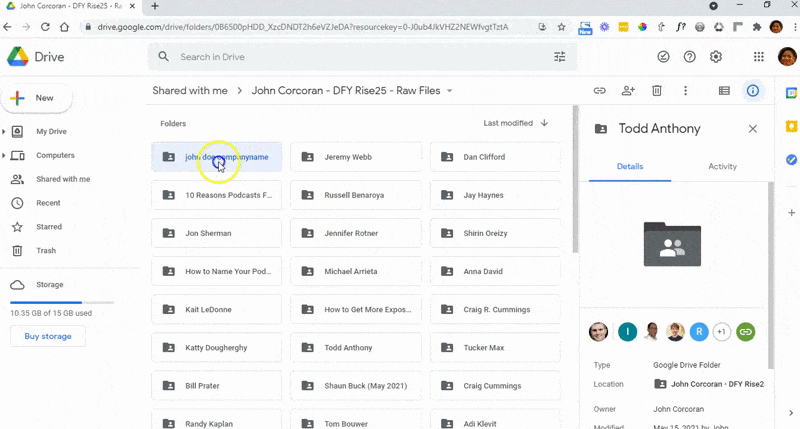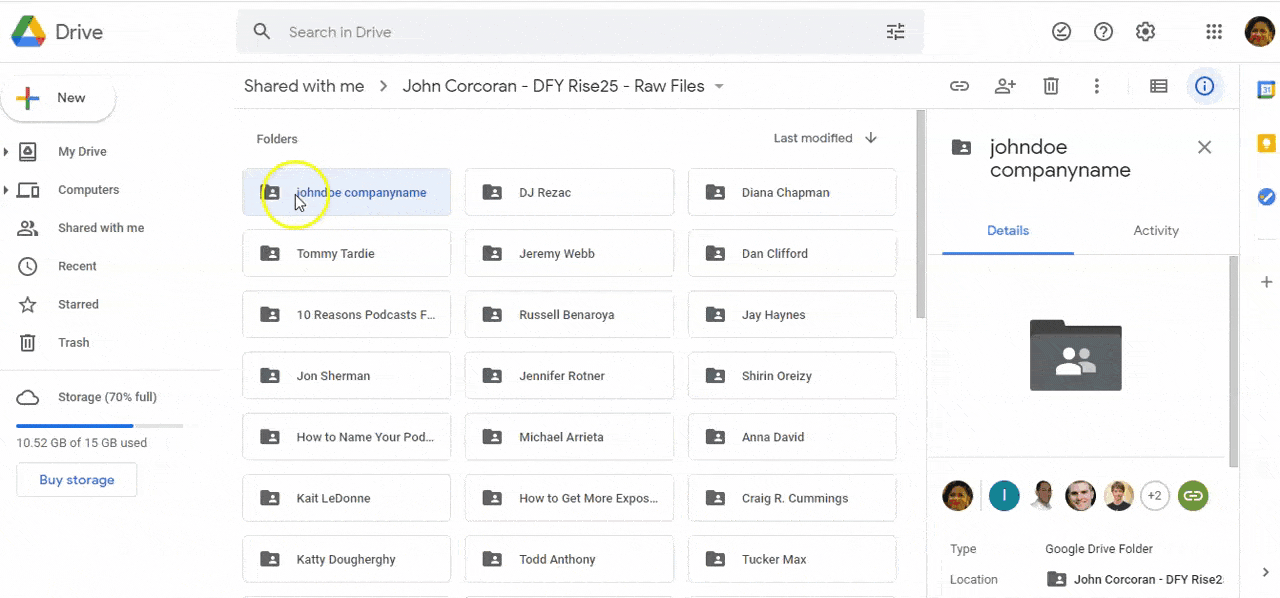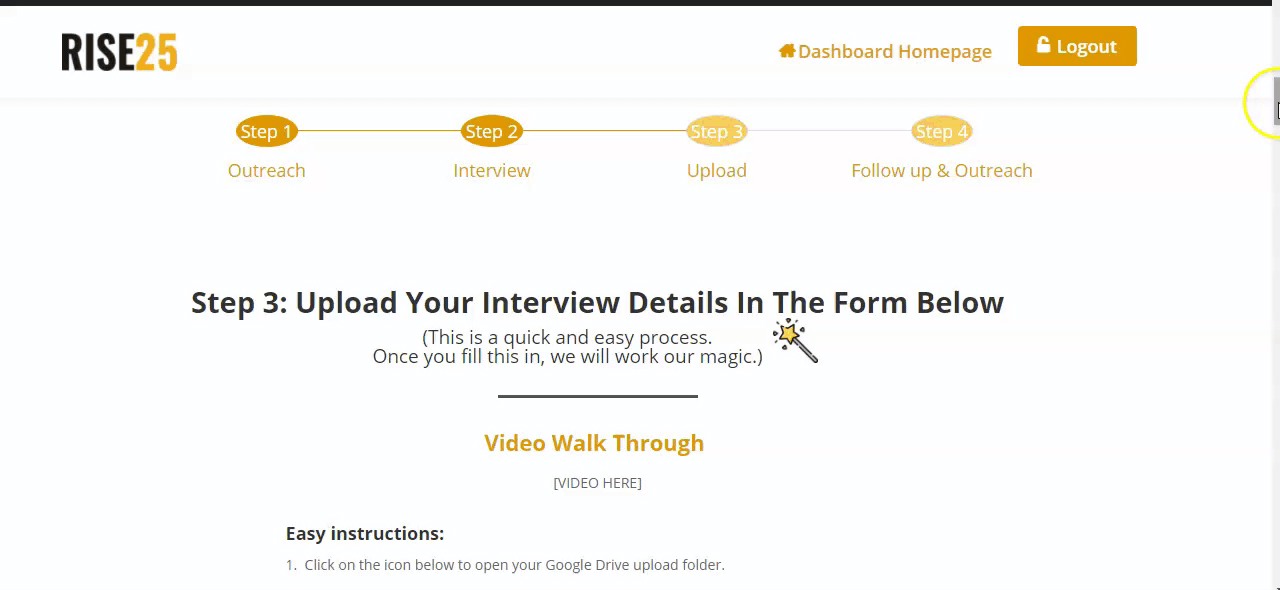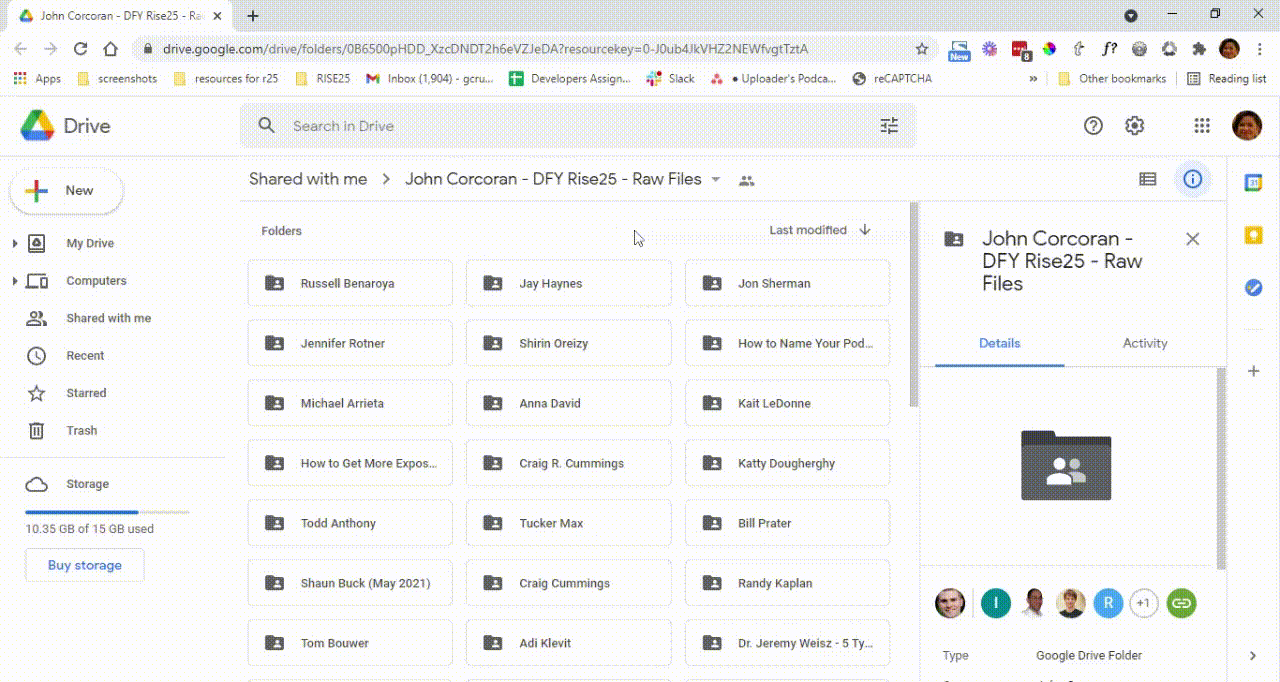Anatomy of a Full Podcast Blog Post | Podcast Navigation Tips & Common Mistakes
Podcast blog posts are a must-have on your main business website for a variety of reasons. Aside from various SEO benefits, blog posts drive traffic to your website, help you build relationships with your guests, and serve as social proof for you and your company.
In the video above, John and Jeremy give a detailed walkthrough of the anatomy of a good podcast blog post, suggestions on where to put them on your website, and share the common mistakes they see on podcast blog post pages and how you can avoid them.
Resource related to this episode:
Why you should have podcast blog posts on your website
- Podcast blog posts are great for Google SEO purposes. Sharing the direct link to your blog posts will help drive your website’s traffic.
- They serve to condense the show notes, video content, and audio content into a single blog post.
Where to put podcast blog posts on your website
- Option 1: Add a “Podcast” page in the navigation section of your website. Don’t put it in the footer — it will not be easily seen.
- Option 2: If you have an existing “Blog” page, you can simply rename it “Blog and Podcast” and include your podcast posts here.
- Option 3: Create a “Resources” page in the navigation section of your website and include it in a dropdown menu. Within the “Resources” page, you can house your “Blog” page, “Podcast” page, and any other free resources you have.
Whichever option you choose, make sure you put your podcast page somewhere easy for people to find.
Anatomy of a full podcast blog post
1. Episode Title, Image of the Guest, Guest Bio
We put this information at the topmost section of the page so listeners know who is speaking and why the guest is a reliable source. Putting your guest at the front and center of the page also helps build your relationship with them.
2. Video
Not everyone does this, but we highly recommend that you have a nice video recording of your podcast episodes. While our team uploads these videos to your YouTube page, we also embed the link on your podcast blog post page as a way for viewers to watch without being redirected away from your website.
3. Audio Player
Below the video, we embed the audio player making the audio version accessible on the same page for people who prefer this format.
4. Platform Buttons
Podcast listeners tend to prefer certain platforms for listening to their podcasts. While some may prefer listening to podcasts on Spotify while doing chores, others may like to listen to Apple Podcasts during their commute.
While we want to keep listeners on your podcast page or anywhere within your website, having the links to other podcast streaming platforms is a great way for them to find and subscribe to your show on these platforms.
5. Highlight Bullets (Here’s a Glimpse of What You’ll Hear)
This section is for people who want a quick and concise summary of what they can expect to hear from the episode.
6. Episode Summary (In this episode…)
This section is an expanded and more detailed version of the highlight bullets. The episode summary is good for SEO and caters to people who prefer to read long-form content.
7. Resources (Resources mentioned in this episode)
The resources section lists the links to individuals, websites, and content mentioned in the episode. This section is beneficial because it helps your audience easily find further resources they are interested in, aids the SEO of your guests, and is the perfect place to shout-out individuals you want to continue building a relationship with.
Check out Reach Out to All People or Resources Mentioned on the Podcast either Right After the Interview or After the Interview Goes Live to learn how you can build and maximize relationships by reaching out to people and companies you mention in an episode.
8. Episode Sponsor
This is the section where you highlight what your company does and include keywords and links that can help with your SEO.
9. Transcript
Lastly, the transcript section provides further support for SEO.
Common Mistakes Made on Podcast Pages
1. Putting external links to another platform (like YouTube, Apple Podcasts, Spotify, etc) right at the top of the blog post page
Providing other well-known platforms at the top of your website will redirect visiting guests away from your page, without scrolling.
2. Pulling in the RSS feed
If you do this, people will only see the episode titles on your podcast page and not the full post.
3. People who put episode numbers or dates on the titles of their podcast episodes
We don’t recommend you do this for a variety of reasons.
First, it’s difficult to make updates and changes, especially if you put them on cover art and publish them on several podcast streaming platforms.
Next, avoiding episode numbers and dates in your episodes keeps all your episodes relevant. When someone sees an episode dated a year ago or an episode titled “Episode #153,” they will consciously or subconsciously think that it’s an old episode and not listen to it, even if the content is relevant.
4. Changing up cover art for every episode
We don’t recommend you do this because it’s an additional cost for you (and time if you do the cover art yourself) and it doesn’t provide ROI.


